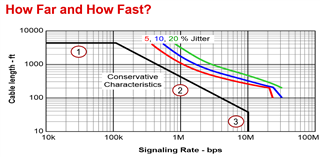Tool/software:
Dear team,
We are using SN65HVD09 RS422 driver in our device for communication, Please share the load driving current capability of the device at various temperature.
Kindly share the output RS422 load driving current (max) Vs Temperature graph(-40degC to +85degC) for our analysis. Without degradation of RS422 driver output differential voltage.
Thanks in advance



